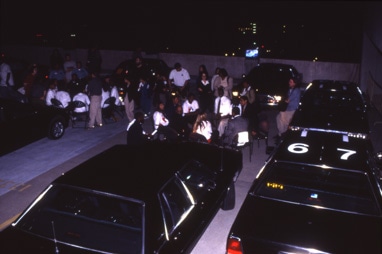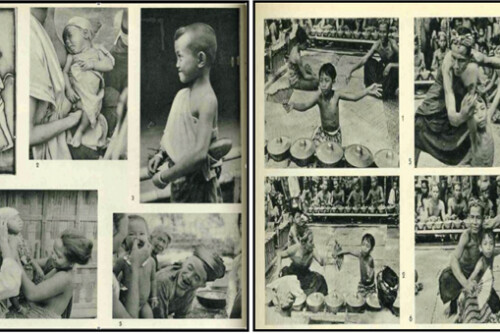Long-standing U.S. Militarization
The soldier in the world-house is continuous rather than discontinuous with long-standing U.S. militarization. The nations and societies that the United States has helped to militarize are too numerous to list here. The current war on terrorism is a continuation and possible intensification of earlier wars. The war on drugs as played out in Colombia, for example, disproportionately affects the poor, especially Afro Colombian and indigenous communities, resulting in internal displacement and massacres. Under Plan Colombia, initiated by former president Bill Clinton, 1.3 billion dollars will be provided to the Colombian government, 80 percent of it for military arms, making it the third-greatest recipient of U.S. arms after Israel and Egypt. You may have seen recent New York Times’ pictures of soldiers guarding Colombian oil pipelines. Why, you may ask, are arms supplied for a drug war used to protect private oil companies?
My current research and work is with new migrants to the United States, and the militarization and violence at the United States-Mexico border is nothing new. Following September 11, 2001, terrorism was blamed in part on a too-porous border. Terrorists and “illegal” immigrants threatened national security and calls were made to “tighten” our borders. (I should note that immigrants without documents have always been criminalized and seen as “illegal.” A further slippage has now occurred in which “illegals” are also viewed as “terrorists” or potential terrorists). The U.S. border, however, has been militarized for some time. Before September 11, 2001, border communities already lived in a “deconstitutionalized zone” in which U.S. Border Patrol and other law enforcement agencies operated with impunity. In urban border areas such as Tijuana, walls have high-tech detection systems including heat sensors, stadium lights, retractable observation towers, all-terrain vehicles, helicopters, and so on, all portraying a United States at war with . . . ? In 1994, the U.S. Border Patrol initiated Operation Blockade, intensifying its efforts at urban crossings, thus forcing migrants to cross more dangerous terrain – deserts and rivers. Since 1994, over 2,000 migrant deaths have been documented. Border-crossing deaths doubled in the year following September 11, 2001. We can expect more border deaths (which will be under-reported and not counted as “war” deaths) and further erosion of migrant rights. This is the “collateral damage” of militarization at work in the borderlands. Yet the state of siege created by INS operations in border communities is a nonstory and the deaths invisible to most people. The soldier is in the house of the nation-state.
The soldier in the Toys R Us world-house shows us that land and peoples are at risk. U.S. military projects do not protect our world-home but protect misguided development models and rapacious environmental policies designed to favor the few. The challenge to us as feminists is to clearly articulate the message of Forward Command Post from Toys R Us. What does it mean that the soldier is in the house?




